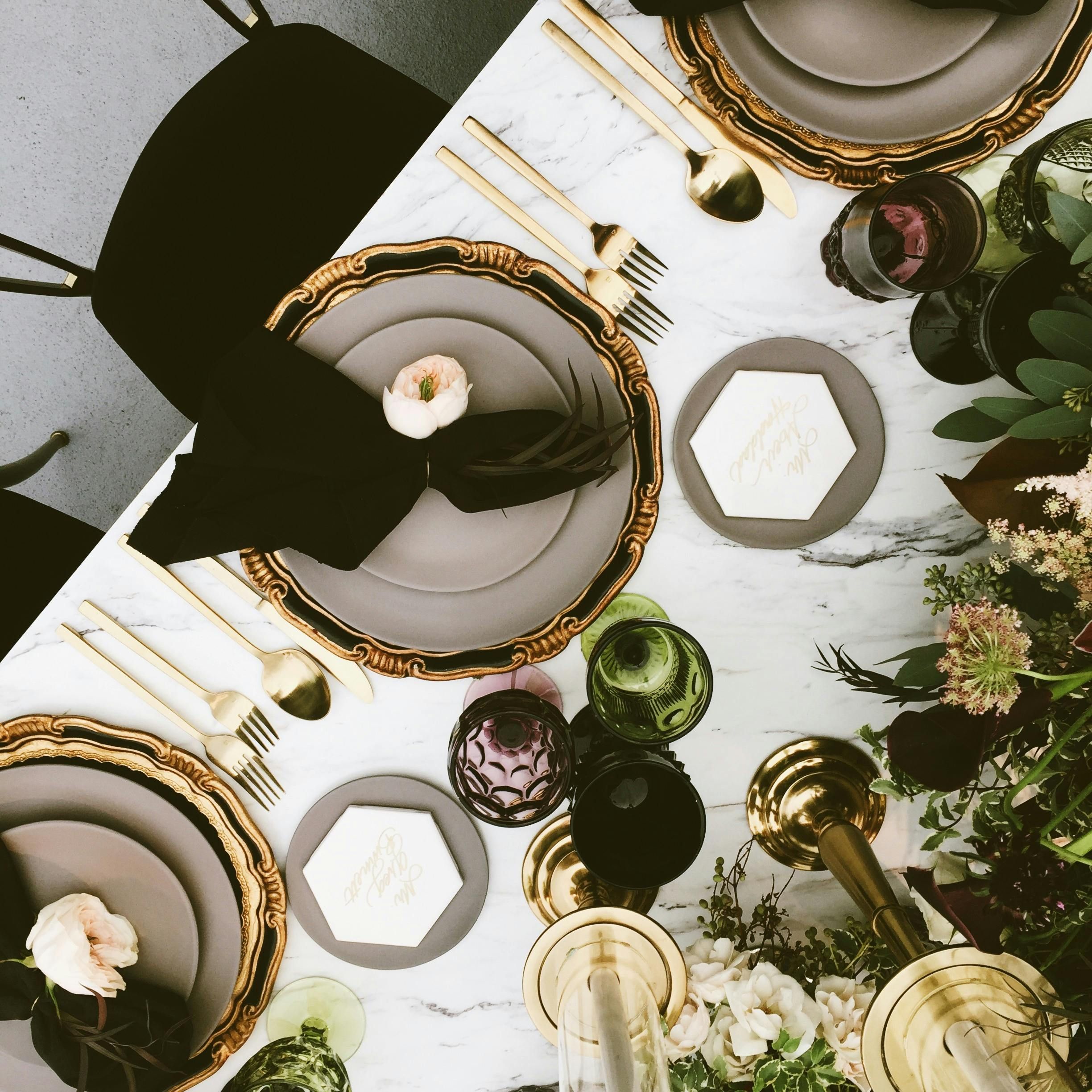Shopping Smart: What Interior Designers Warn Against
Designers Identify Eight Unwise Investments in Design Projects
When it comes to kitting out your home, less can often be more. You might be surprised to learn which popular items designers consider a waste of money – and why they'll underwhelm or even haunt you for years to come!
Trendy Time-Bombs
According to Whitney Ray, the founder of Wyeth Ray Interiors in Atlanta, Georgia, and Tracy Morris, the founder of Tracy Morris Design in McLean, Virginia, trends can be treacherous. Fashionable decor that's hot today may feel dated in no time, requiring constant replacements and a hefty dent in your wallet. In Ray's words, "Incorporating a few smaller, trend-forward accents is fine, but I recommend exercising caution when it comes to larger investment pieces like sofas or dining tables."
Uninspired Mass-Produced Items
Alex Kober, junior interior designer at TriVistaUSA Design + Build in Arlington, Virginia, advises against decking out your entire space with mass-produced decor from big box stores. As he puts it, "Home decor accessories should bring life into space and reflect the people that live in them," and investing in unique pieces that resonate with you pays off in terms of visual depth and character. Arianne Bellizaire, the founder of Arianne Bellizaire Interiors in Baton Rouge, Louisiana, agrees, stating that "your home should tell your story, and every item you bring into it should earn its place."
Holiday Extravaganzas
Kober also recommends keeping holiday decorations under control, favoring tasteful accents over an overwhelming display. According to him, you should "accentuate your home during the holiday season with a few accessories that give a nod to the holiday but still mesh well with your everyday decor."
The Allure of Low Quality
Designers stress that splurging a little upfront for quality items is usually worth it in the long run. Molly Kunselman, the founder of Molly Kunselman Design in Washington, D.C., warns that cheaper furniture and textiles may wear out quickly, necessitating frequent replacements and ultimately costing more over time.
Faltering Rugs
Be mindful of the type of rug you invest in. Jessica Bandstra, the founder of Dogwood Proper in Houston, Texas, and Nashville, Tennessee, advises against settling for low-cost rugs that wear out quickly, shed excessively, and don't withstand foot traffic. Viscose rugs are a particular no-go for Bandstra, while synthetic rugs can develop unattractive wear patterns and lose their appeal over time. In her words, "Wool rugs are resilient and beautiful, lasting for generations."
Lazy Loungers: Poufs
While poufs may have been fashionable in the 2010s, Thea Bloch-Neal, the founder of Curated by Thea in Durham, North Carolina, suggests they're more likely to disappoint than delight. "Let's be real – no one actually wants to sit in them, and you can't even set a drink down," she says. Instead, consider stools or side tables that offer both utility and style.
Too Many Trinkets
According to Danielle Domingues, the founder of Collins & Co. Interiors in Orlando, Florida, your home shouldn't feel overstuffed with knick-knacks. Opt for a few well-chosen and meaningful pieces instead of cluttering your space with trinkets that may cheapen the overall aesthetic.
Gray Areas: Faux Flowers
When it comes to choosing between real or artificial flowers, Kober advises that an investment in high-quality faux floral arrangements and greenery can be a worthwhile choice for those who don't have a green thumb. But watch out for the ultra-fake-looking options – they're often dust magnets and won't fool anyone. According to Kober, "real flowers are always the best option."
- Southern Living shares insights from interior designers on what to avoid when decorating your home, including trendy items that may quickly become dated.
- Designers such as Whitney Ray and Tracy Morris agree that mass-produced decor items from big box stores can make a space feel impersonal and lack visual depth.
- Alex Kober suggests keeping holiday decorations subtle and tasteful, rather than opting for overwhelming displays that may distract from the overall aesthetic of the home.
- Molly Kunselman warns that while inexpensive furniture and textiles may seem alluring, they often wear out quickly and require frequent replacements, making them more costly in the long run.








